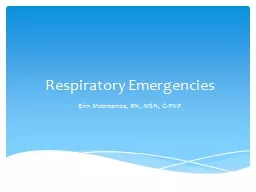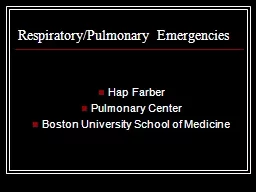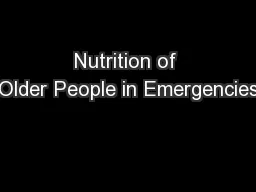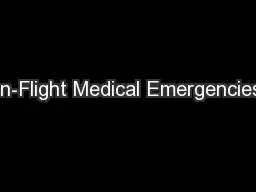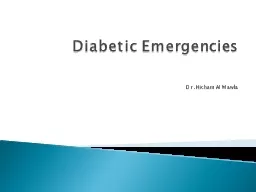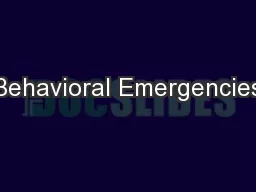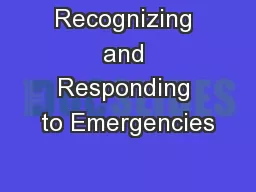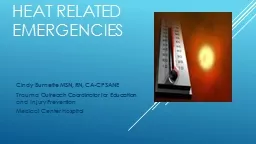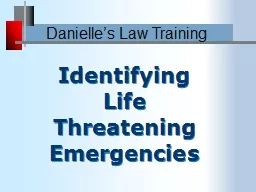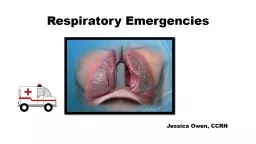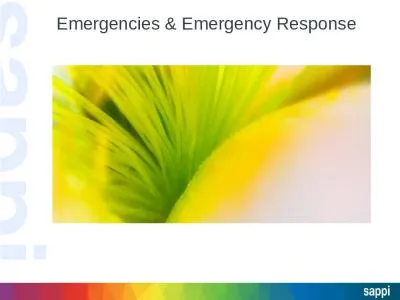PPT-Respiratory Emergencies
Author : conchita-marotz | Published Date : 2017-04-07
Erin Moorcones RN MSN CPNP Anatomy and Physiology Anatomy Adequate amount of O2 delivered to cell The affinity of hemoglobin for oxygen The ease in which hemoglobin
Presentation Embed Code
Download Presentation
Download Presentation The PPT/PDF document "Respiratory Emergencies" is the property of its rightful owner. Permission is granted to download and print the materials on this website for personal, non-commercial use only, and to display it on your personal computer provided you do not modify the materials and that you retain all copyright notices contained in the materials. By downloading content from our website, you accept the terms of this agreement.
Respiratory Emergencies: Transcript
Download Rules Of Document
"Respiratory Emergencies"The content belongs to its owner. You may download and print it for personal use, without modification, and keep all copyright notices. By downloading, you agree to these terms.
Related Documents

